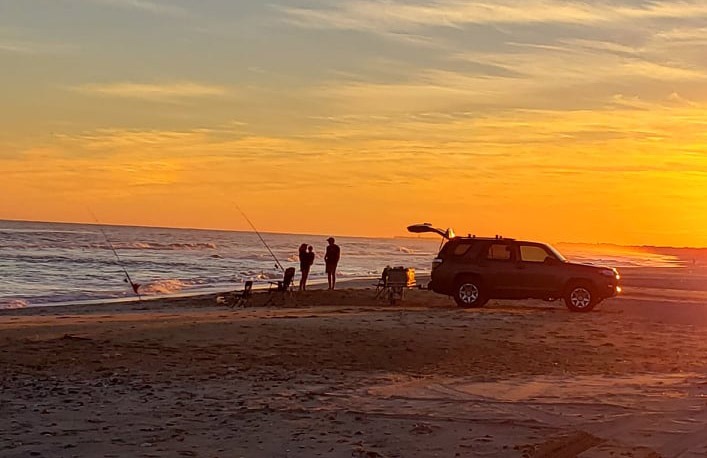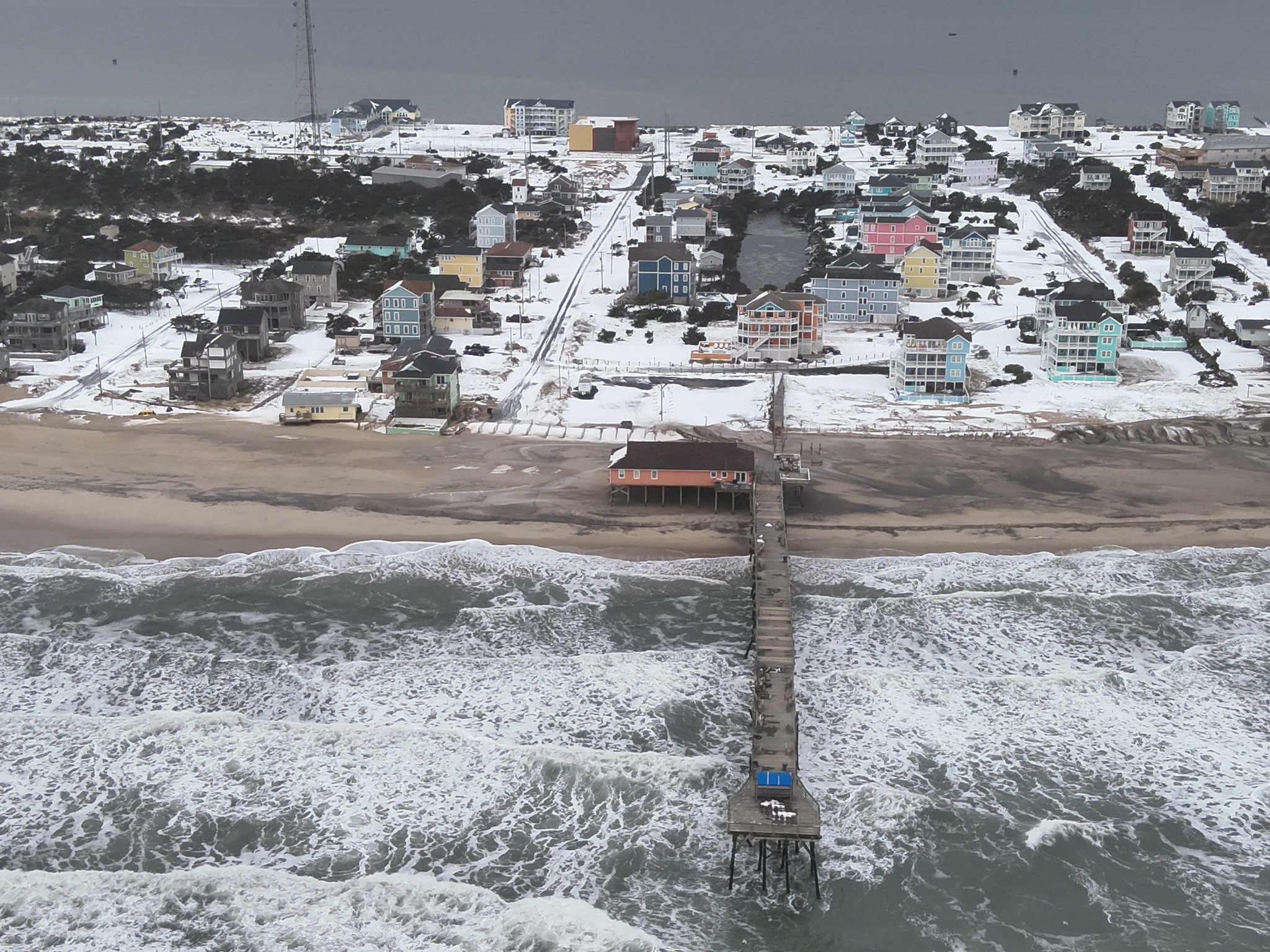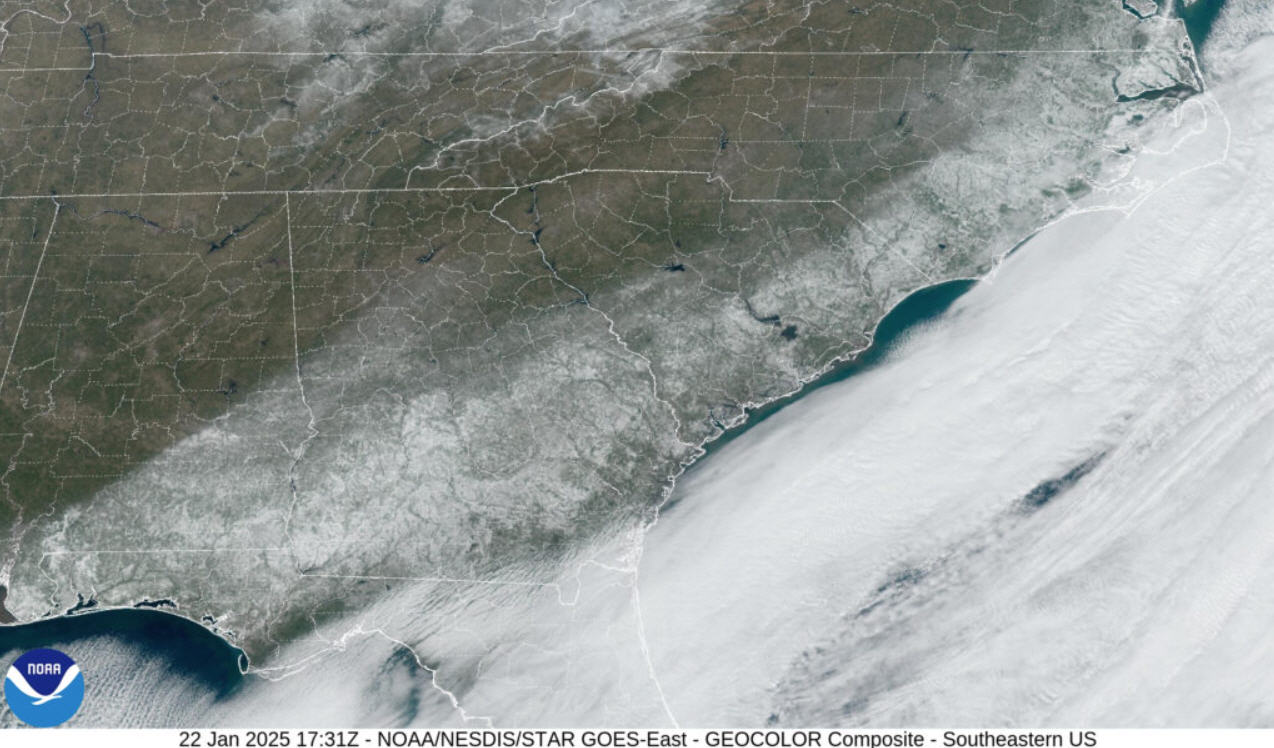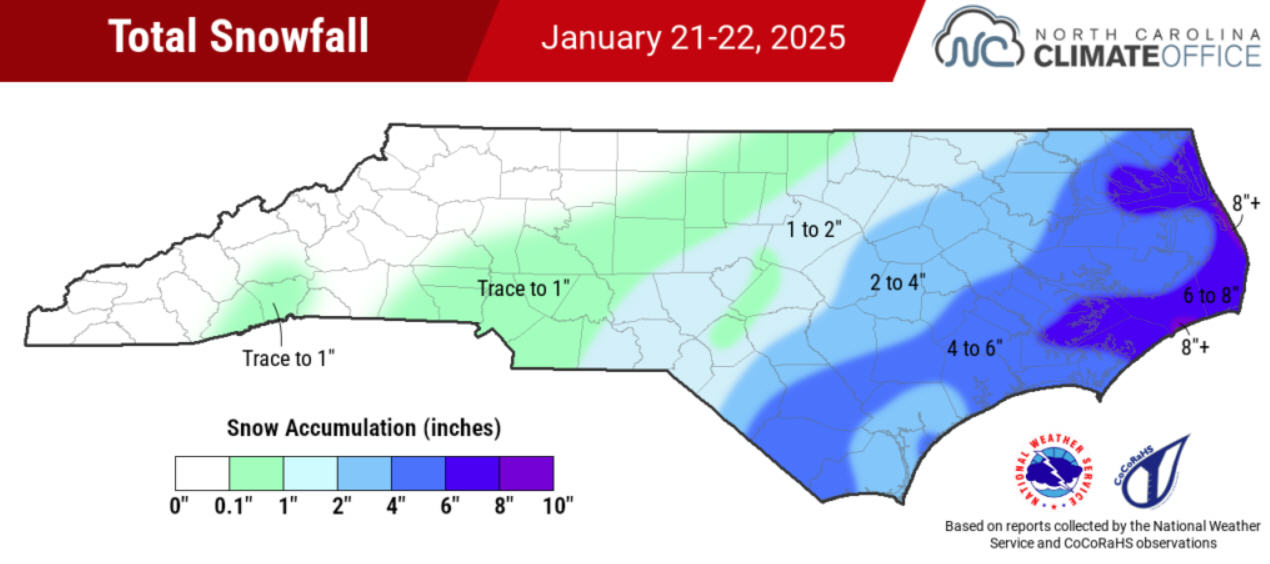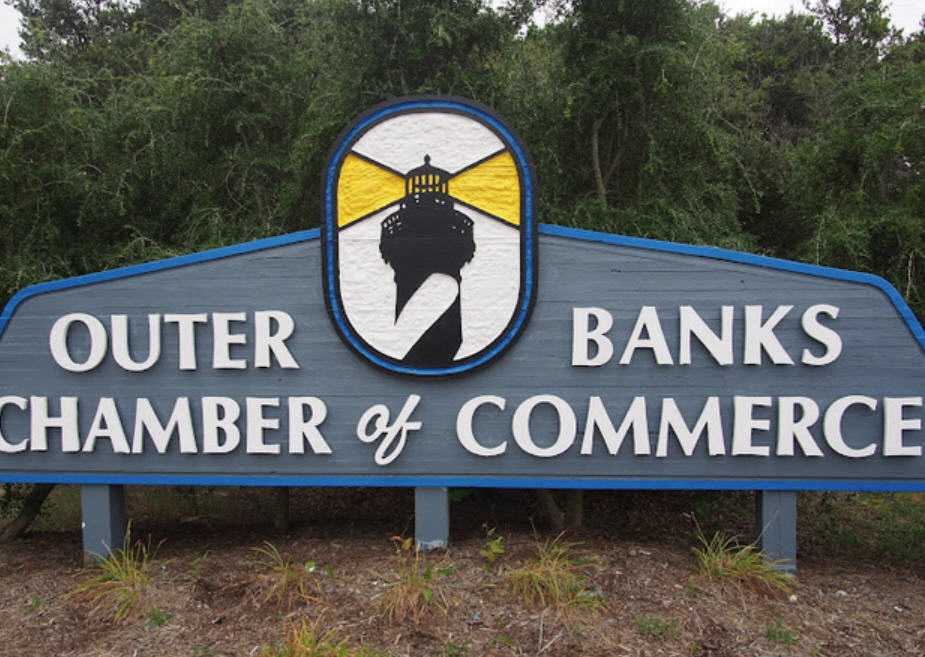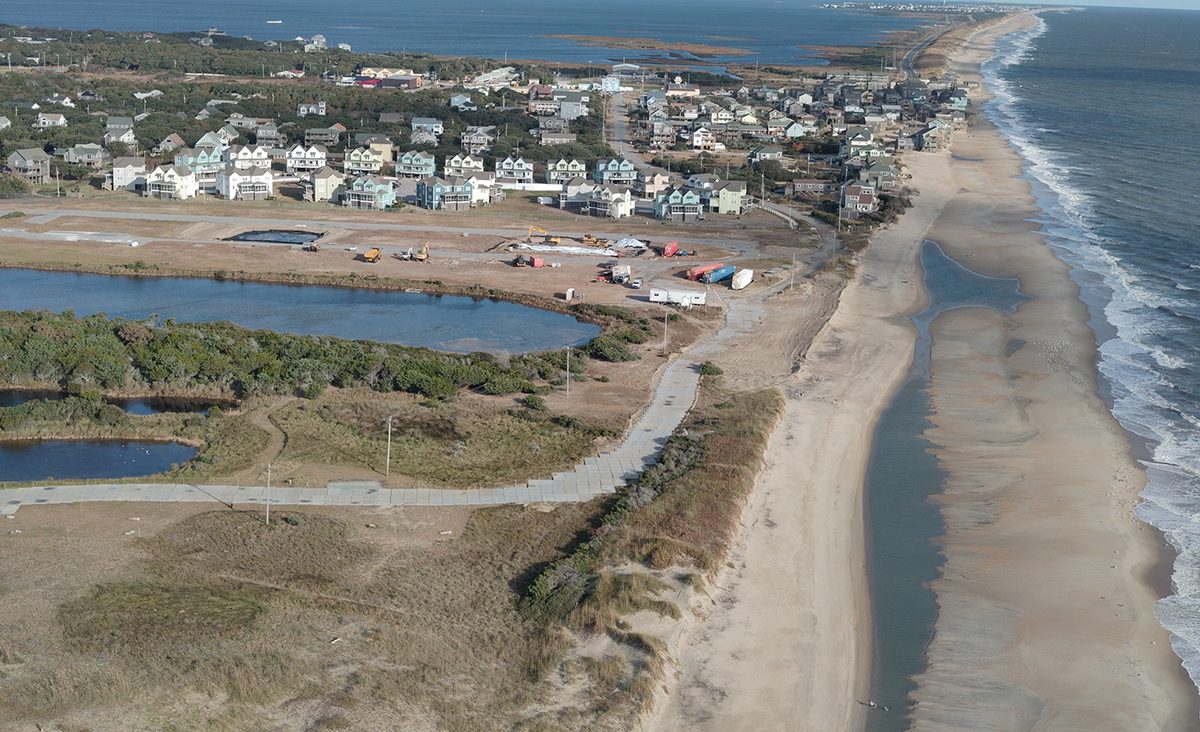New rules to ease sandbag restrictions
The N.C. Coastal Resources Commission, which met this week in Atlantic Beach, began work mandated by a bill that the legislature passed this summer to come up with a set of new temporary state rules for sandbag walls meant to control beach erosion. The commission also voted to set Dec. 10 as the date for a public hearing on the proposed rules. The meeting will be held in Morehead City. The public will have opportunity to comment on the temporary rules Dec. 1-22.
If the temporary rules are adopted in February, they will become effective March 4. Then the commission will have 270 days in which to consider and adopt permanent rules that include the legislature’s mandated provisions that appeared to trouble members of the commission.
“I think we’re stuck with these emergency rules until we can do something different and we can’t do something different real fast,” CRC Chairman Frank Gorham said.
Sandbags are currently allowed with the proper permit to protect imminently threatened oceanfront buildings only on a temporary basis because, if left in place, they cause the same damage to beaches as seawalls. The new rules, which are expected to be adopted during the commission’s February 2016 meeting, would allow them to stay for longer periods.
“The legislature is making it very difficult to get rid of sandbags,” Gorham said just before he asked for a motion to approve the temporary rules mandated in the state budget bill passed in September.
The state budget includes a provision that requires the commission to change sandbag rules to allow them on beachfront property that is experiencing erosion even if no buildings are in immediate danger. The only requirement is that sandbags have been built on adjoining property.
Under current rules sandbag walls aren’t allowed to extend more than 20 feet past the sides of a protected structure. The new rules delete the 20-foot limit and allow the placement of contiguous sandbag walls from one shoreline boundary of a property to the other shoreline boundary, regardless of proximity to a building.
In drafting the new rules, Division of Coastal Management staff added language intended to prevent “oceanward creep” of the sandbags, said Mike Lopazanski, manager of policy analysis with the agency.
“The idea is to keep these off the middle of the beach as much as possible,” Lopazanski told commission members. “Because without an imminently threatened structure to go by in terms of the oceanward distance, it becomes somewhat of an implementation problem in terms of where on the beach to site that structure.”
The new rules give greater leeway for property owners with sandbags covered under multiple permits. The termination date of all permits on the same property will now be the latest termination date for any of the permits.
Existing sandbag structures that were legally placed but have expired permits may be replaced, repaired or modified, if the status of the permit is being litigated by the property owner in state or federal court, according to the new rules.
“Sandbag permits are, depending on where you’re at, good for up to eight years,” Lopazanski explained. “The way the current rules state, the termination date for the entire structure is based on the date that you’re permitted to place that first sandbag.”
Now, the termination date will be dictated by the placement of the last sandbag. “You reset the clock,” Lopazanski said.
Commission members expressed concerns that the new rules would lead to great expansion of sandbag walls, all along the beach and wrapping around inlet shores, and whether that was the General Assembly’s intent. Members asked whether the commission could make its own revisions, including changes based on public comments that may be contrary to the legislative directive, before adopting the rules in permanent form.
The answer was no, according to a representative from the attorney general’s office on the panel. The commission, as the legislature’s appointed body, must make rules that are consistent with the legislature’s directive.
Proposed rules
New State Budget and the Environment
(This article is provided by Coastal Review Online, an online news service covering North Carolina’s coast. For more news, features, and information about the coast, go to www.coastalreview.org.)





